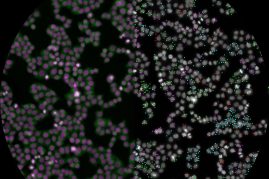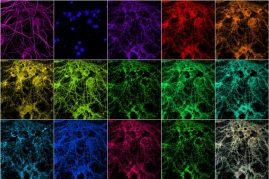Paul Blainey, PhD

Molecular, optical, and microfluidic technologies
The Blainey lab addresses major challenges in single cell genomic and functional analysis, drug screening, and genomic screening by combining diverse molecular, optical, and microfluidic technologies.
Staff
Research:
Broadly, research in the Blainey group integrates new microfluidic, optical, and molecular tools for application in biology and medicine. We emphasize quantitative single-cell and single-molecule approaches, aiming to enable multiparametric studies with the power to reveal the workings of natural and engineered biological systems across a range of scales.
Biography:
Professor Blainey completed his undergraduate degrees in Mathematics and Chemistry at the University of Washington and a MA in Chemistry from Harvard University. Paul Blainey continued his doctoral studies in Physical Chemistry at Harvard University under the joint supervision of Professors Xiaoliang Sunney Xie and Gregory L. Verdine. He held a postdoctoral appointment at Stanford University where he developed high-throughput microoptofluidic methods for whole-genome amplification of DNA from individual, uncultivated microbial cells in Professor Stephen Quake’s laboratory. Paul joined MIT as an Assistant Professor of Biological Engineering in 2012.

